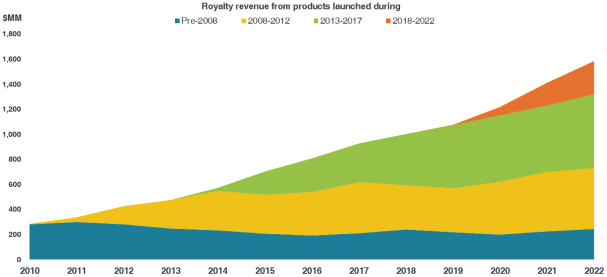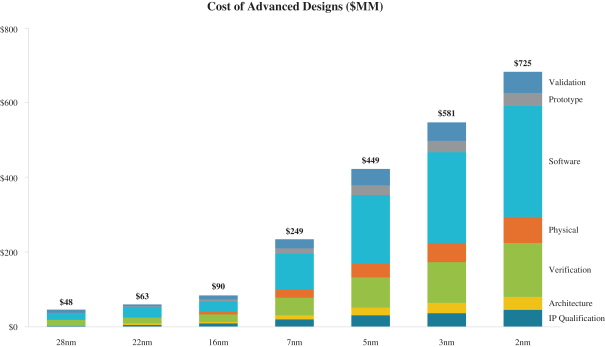Confidential Treatment Requested by Arm Holdings Limited
Pursuant to 17 C.F.R. Section 200.83
Foreign exchange fluctuations could have a material adverse effect on our business, results of operations, financial condition and prospects.
Although a substantial majority of our revenues, as well as a significant proportion of our assets and liabilities, are denominated in U.S. dollars, certain of our costs are denominated in British pounds sterling and a number of other currencies, such as the euro and Indian rupee. Consequently, our results of operations have been, and are likely to continue to be, affected by changes in the relative value of the various currencies in which our revenues, costs, assets and liabilities are denominated, and especially the U.S. dollar to British pound sterling exchange rate, as well as the exchange rates to the euro and Indian rupee, may have a material impact on our reported results of operations and financial condition. To manage our exposure, we may engage in the use of financial derivatives or currency hedging transactions, although such activities may not cover all of our exposure, may be costly and may also expose us to counterparty risk. Despite hedging and other mitigating techniques implemented by us, fluctuations in exchange rates have in the past and may in the future have a material adverse effect on our business, results of operations, financial condition and prospects.
We could suffer significant damage to our brand and reputation, which could harm our competitive position, results of operations and prospects.
Our brand and reputation are critical factors in our relationships with customers, employees, governments, suppliers, and other stakeholders. Our failure to address, or the appearance of our failure to address, issues that give rise to reputational risk, including those described throughout this “Risk Factors” section, could significantly harm our brand and reputation. Our reputation can be impacted by catastrophic events, incidents involving unethical behavior or misconduct, product quality, security, or safety issues, allegations of legal noncompliance, internal control failures, corporate governance issues, data breaches, workplace safety incidents, environmental issues, the use of our products for illegal or objectionable applications, including AI and ML or military applications that present ethical, regulatory, or other issues, marketing practices, media statements, the conduct of our suppliers or representatives, and other issues, incidents, or statements that, whether actual or perceived, result in adverse publicity. To the extent we fail to respond quickly and effectively to address corporate crises and other threats to our brand and reputation, the ensuing negative public reaction could significantly harm our brand and reputation, which could result in loss of trust from our customers, third-party partners and employees and could lead to an increase in litigation claims and asserted damages or subject us to regulatory actions or restrictions.
In addition, our brand and reputation may be damaged by the actions of third parties that are imputed to us. For example, although Arm China operates independently of us, Arm China uses our trademarks in its marketing and branding. To the extent that Arm China’s actions are imputed to us due to Arm China’s use of our trademarks, our own brand and reputation may suffer significant damage.
Damage to our brand and reputation could reduce demand for our products and adversely affect our business, operating environment and the trading price of our securities. Damage to our reputation may also make us less attractive to current and prospective employees relative to our competitors, particularly given the intensely competitive market for highly skilled employees. Moreover, repairing our brand and reputation may be difficult, time-consuming, and expensive. The heightened competitive pressures could result in a loss of customers or a reduction in revenues or revenue growth rates, all of which could adversely affect our business, results of operations, financial condition and prospects.
Increasing scrutiny and evolving expectations from customers, partners, regulators, investors, and other stakeholders with respect to our environmental, social and governance (“ESG”) practices may impose additional costs on us, expose us to new or additional risks, or harm our reputation.
Companies are facing increasing scrutiny from customers, partners, regulators, investors, and other stakeholders related to ESG practices and disclosure, including environmental stewardship, social responsibility,


